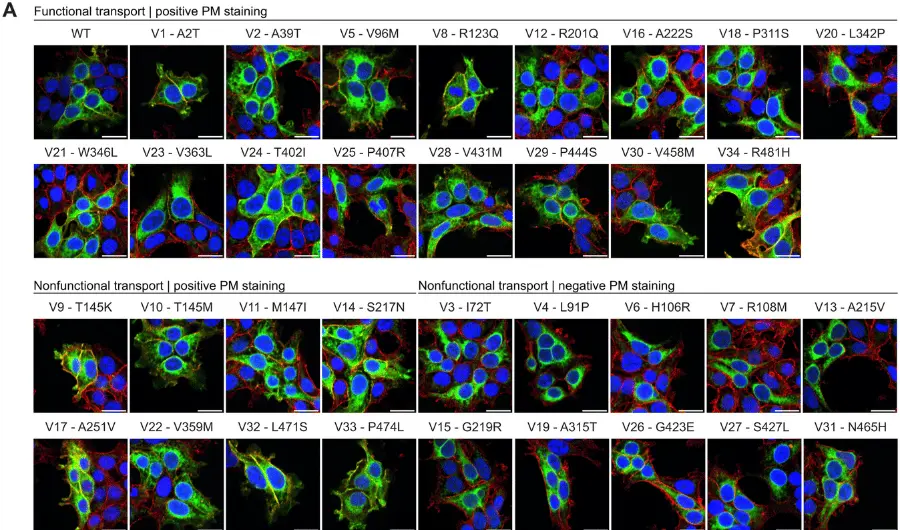The Epilepsy Transition Care Gap in Young Adults with Childhood-Onset Epilepsy
August 25, 2018
INTRODUCTION: A substantial proportion of young adults with childhood-onset epilepsy may require ongoing long-term epilepsy care as adults.
OBJECTIVE: The objective of the study was to assess the extent to which epilepsy transition discussions occurred in adolescents with childhood-onset epilepsy prior to the age of attaining majority (prior to their 18th birthday) in a community-based cohort of individuals with childhood-onset epilepsy followed longitudinally.
METHODS: The Connecticut Study of Epilepsy is a prospective, community-based study of newly diagnosed childhood-onset epilepsy with 613 children (onset?<?16?years old; year recruited: 1993-97). During the final exit interview, 308 young adults ?18?years old (or parent-proxies) were asked, “Before you turned 18 years old, did your doctors or other epilepsy care providers talk with you about how your epilepsy care needs might change as you get older?” (‘transition discussion’). We examined whether or not sociodemographic and clinical characteristics were associated with epilepsy transition discussions.
RESULTS: For young adults with childhood-onset epilepsy (N?=?308; mean age: 24?years, SD?=?4.0; mean age of epilepsy onset: 5.4?years, SD?=?3.7), only 15% responded “Yes” to having had a “transition discussion”. Of those with “active epilepsy” (N?=?130; seizure-free?<?5?years or on an antiseizure medication within 2?years of their 18th birthday) upon attaining the age of majority (18?years), 40/130 (~31%) young adults had “transition” discussions, compared with 7/178 (4%) of those with “inactive epilepsy” (p?<?0.0001). Self- (N?=?95 active epilepsy) and proxy-reports (N?=?35 active epilepsy) of “transition” discussions were comparable (31%). Having a transition discussion was associated with neurodevelopmental comorbidity and type of epilepsy care provider at time of last contact (p?<?0.05). Having a “transition” discussion was not associated with gender, race/ethnicity, high school graduation, parent insurance, epilepsy syndrome, psychiatric disorder, or intellectual disability (intelligence quotient [IQ]?<?70) for those with “active epilepsy”. In assessing transfer of care, we found that only 50% of cases (who had active epilepsy at transition) were being seen by an adult or general neurologist at the time of the exit interview.
CONCLUSIONS: Only one-third of young adults with active epilepsy at transition in this community-based study reported having epilepsy care transition discussions with healthcare providers before the age of 18?years. Identifying barriers to successful delivery of effective epilepsy transition care is critical to remediating treatment care gaps and building effective future care models.







